Kick off: after four years of research and prototyping Nike releases a football boot that ticks all the right boxes
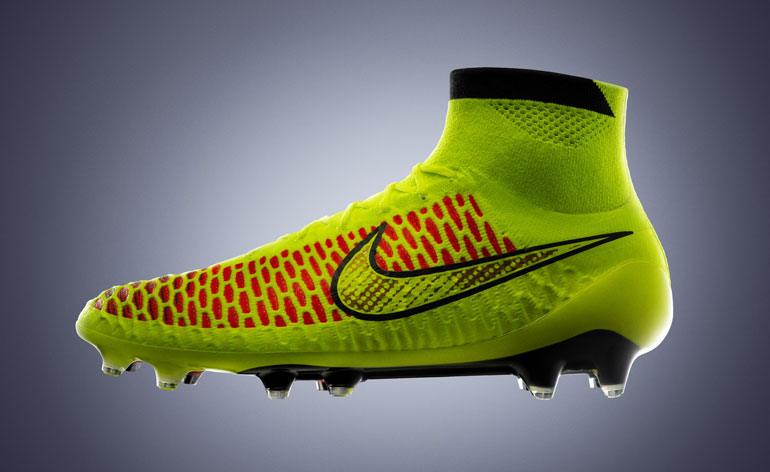
Like the FIFA World Cup itself, Nike's soccer boot concepts tend to operate within a four-year cycle. Creative director Martin Lotti and his staff at Nike started work on 2014's revolutionary new Magista boot back in 2010, straight after the last ball had been kicked at the Soccer City-stadium final in Johannesburg. 'We began with a blank sheet of paper,' says Lotti. 'We asked ourselves, if we were designing a football boot completely from scratch, without any knowledge of what had gone before, how would it look?'
This policy of year-zero radicalism prevails everywhere at Nike headquarters. Lotti is into collaborative cross-pollination and wall-length moodboards, seeking influence from beyond the conventional sporting arena. 'We will look at anything and everything except the category that we will be working on. If we're going to design shoes, we're going to look at anything but shoes. That way you're more likely to end up setting trends rather than chasing them.'
So, before a single sketch was made, a rendering submitted or a CAD drawing uploaded for the Magista project, Lotti arranged a trip to Iceland to look at nature - geysers, icebergs, glaciers and molten magma - and then onto Paris to immerse his creative team in architecture. 'We look at culture, geography, buildings and people and translate it all into product.'
This is a tactically astute game plan that has worked for Nike before. Back in 2002, during a visit to Kyoto, Lotti conceived Nike's first ever yoga shoe after becoming entranced by the 'fine lines, beauty, simplicity and grace' of the Zen gardens and watching, mesmerised, as young people dressed in kimonos walked into temples.
In 1988, Tinker Hatfield, Nike's legendary vice president for design and special projects (originally hired by the sportswear behemoth as its 'corporate architect' to work on its shops and offices), had been similarly fired up by the sight of the externalised heating ducts, exposed metal bracings and denuded lift shafts on Richard Rogers and Renzo Piano's Centre Pompidou in Paris.
Back at his Oregon atelier, Hatfield dug out a panel from the Nike Air Max 1's sole wall to reveal the bubbled cushioning inside. Lotti, in turn, cites Frank Gehry's Guggenheim Museum in Bilbao as an influence on the audacious Magista design. 'It's a stark example of a piece of architecture that's strong and substantial but also has grace and soft fluidity.'
Of course, Nike also consulted its stellar roster of brand ambassadors and sponsored footballers during the 180-prototype research and development process. Initially, the question was as wide open as the last ten minutes of a cup final: 'What do you want from a football boot?'
Quickly, a podiatric mantra of 'fit, touch and traction' emerged. The likes of Brazil's Neymar and Spain's Iniesta, club colleagues at FC Barcelona, talked of a desire to play barefoot. (Or at least to mimic that liberated sensation through their footwear.) The dazzling pace and intensity of the modern game was discussed: a need for a shoe that could slow down a game enough for the ball to be controlled and then speed it up again.
'This is all done in one moment,' says Lotti. 'There's no time to settle, take a touch and then pass or shoot. It's not a conscious thing or reasoned thought process. It happens instinctively. We knew we had to make a boot that was similarly fluid, a true extension of the foot. The player and the shoe becoming one.' Then, a pro footballer - Lotti claims he doesn't remember exactly who - delivered the definitive craving. 'What I really want,' said the striker, 'is a sock with cleats.'
'We now had a clear vision of where we wanted to go,' says Lotti, grinning broadly. Weapons-grade hosiery - a sock-a-boot, if you will - armoured and weatherproofed but super-light and engineered for goals was the way forward. Nike looked at the form of a glove, the way that it supports a hand beyond the wrist, and adapted the concept for the foot. Nike turned to its Flyknit material, born of a micro-level process that employs computer-controlled 'knitting' technology to form a shoe upper with woven strands of polyester. 'By using different yarns of differing strengths, stretch and flexibility, Flyknit allows us to engineer each boot differently,' says Lotti. The complete shoe upper emerges from the multiple-spooled weaving machine and there's none of the last-making, templating and cutting out you associate with conventional cobbling.
Certainly, Nike and Wallpaper* are in the right place to discuss the technicalities of the beautiful game. Our interview with Lotti takes place in a VVIP box high up in the bleachers at Barcelona's Camp Nou stadium. The magnificent ground is deserted right now, but the palpably theatrical atmosphere it generates helped convince Nike to make a boot that would deliver not just control and goals but would also engender an emotional connection and generate a visceral reaction to its performance.
Months ago, key Barcelona players were involved in highly covert testing trials of the Magista/Playmaker boot (actually part of Nike's four-strong, discipline-adjusted, six-yard box assault of footwear that also includes Hypervenom/Attack, Mercurial/Speed and Tiempo/Touch).
Testing was done over a three-year period. 'We had 140 testers,' recalls Lotti. 'More than 3,000 hours on the pitch. And some players refused to give back the shoes when the test was over.' He was at the training ground when a Barcelona pro scored a goal for the very first time wearing the finished Magista 'sock-with-cleats' boot. 'A clean low strike in from outside the penalty area, right into the bottom corner,' beams Lotti. 'It was quite a moment.'
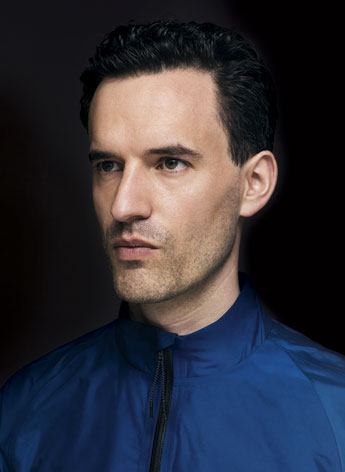
Martin Lotti, Nike Football global creative director spearheaded the design process, embarking on a research tour to Iceland (to look at natural forms) and Paris (to immerse the team in architecture), before a single sketch was made.
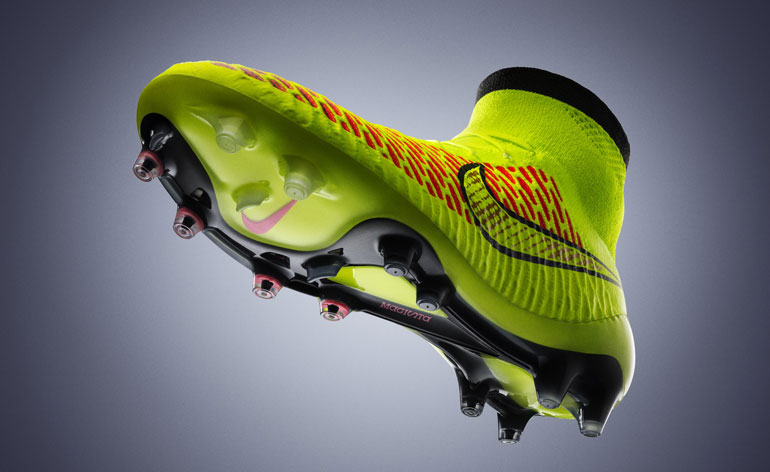
Leaping to Spain, Lotti cites Frank Gehry's Guggenheim Museum in Bilbao as an influence on the audacious Magista design. 'It's a stark example of a piece of architecture that's strong and substantial but also has grace and soft fluidity'
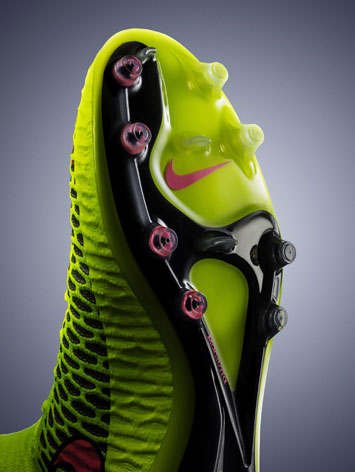
After extensive reserach, Nike turned to its Flyknit material, born of a micro-level process that employs computer-controlled 'knitting' technology to form a shoe upper with woven strands of polyester. 'We had 140 testers,' recalls Lotti. 'More than 3,000 hours on the pitch. And some players refused to give back the shoes when the test was over'
Wallpaper* Newsletter
Receive our daily digest of inspiration, escapism and design stories from around the world direct to your inbox.
-
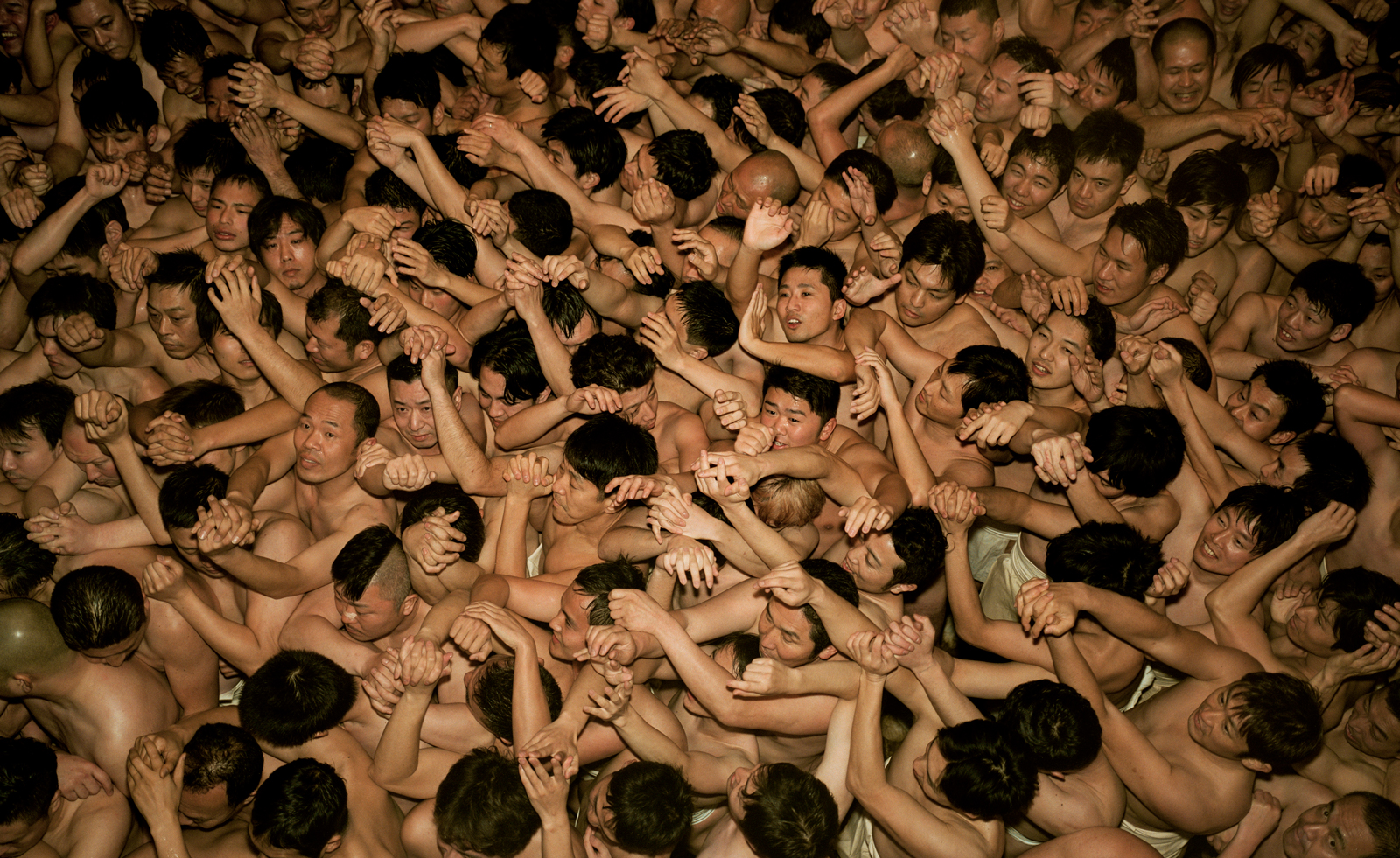 Inside Kyotographie, Japan’s world-renowned photography festival
Inside Kyotographie, Japan’s world-renowned photography festivalKyotographie 2025 embraces the theme ‘Humanity’ in Kyoto – Amah-Rose Abram reports with the highlights, from major and emerging photographers
By Amah-Rose Abrams
-
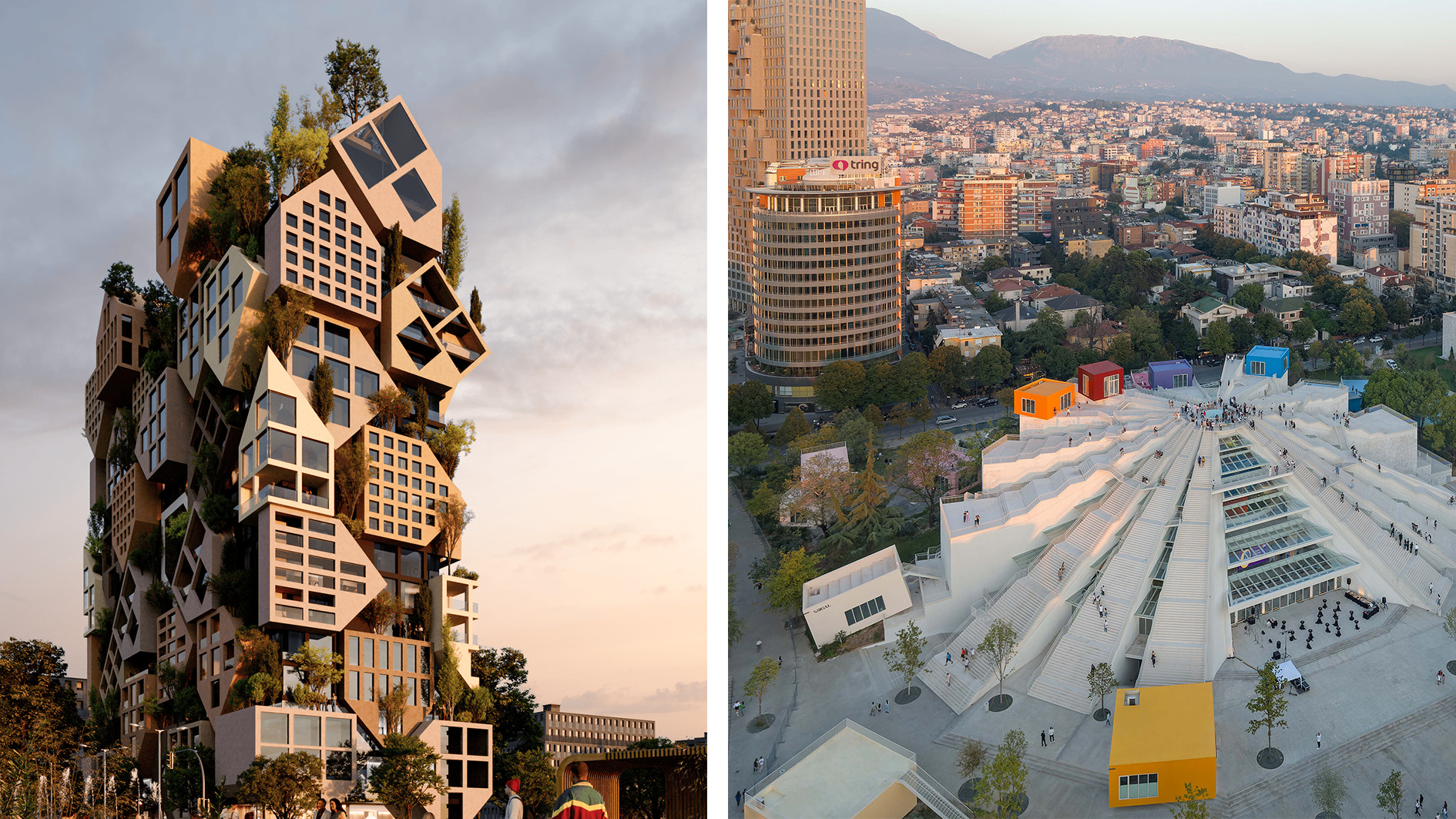 Isolation to innovation: Inside Albania’s (figurative and literal) rise
Isolation to innovation: Inside Albania’s (figurative and literal) riseAlbania has undergone a remarkable transformation from global pariah to European darling, with tourists pouring in to enjoy its cheap sun. The country’s glow-up also includes a new look, as a who’s who of international architects mould it into a future-facing, ‘verticalising’ nation
By Anna Solomon
-
 The Lighthouse draws on Bauhaus principles to create a new-era workspace campus
The Lighthouse draws on Bauhaus principles to create a new-era workspace campusThe Lighthouse, a Los Angeles office space by Warkentin Associates, brings together Bauhaus, brutalism and contemporary workspace design trends
By Ellie Stathaki
-
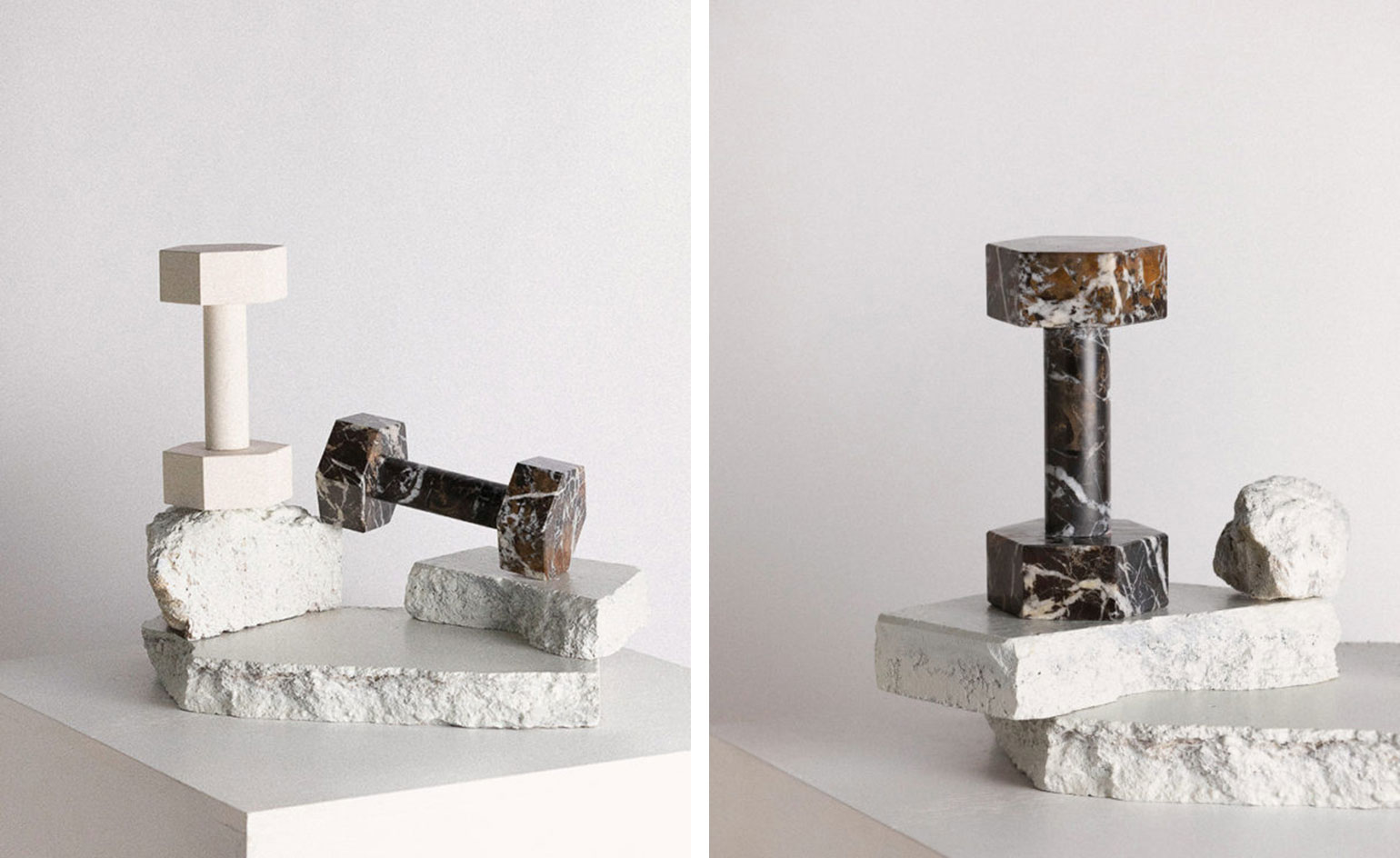 Home workout equipment: game-changing designs
Home workout equipment: game-changing designsThe best home workout equipment places an equal premium on function and aesthetics
By Pei-Ru Keh
-
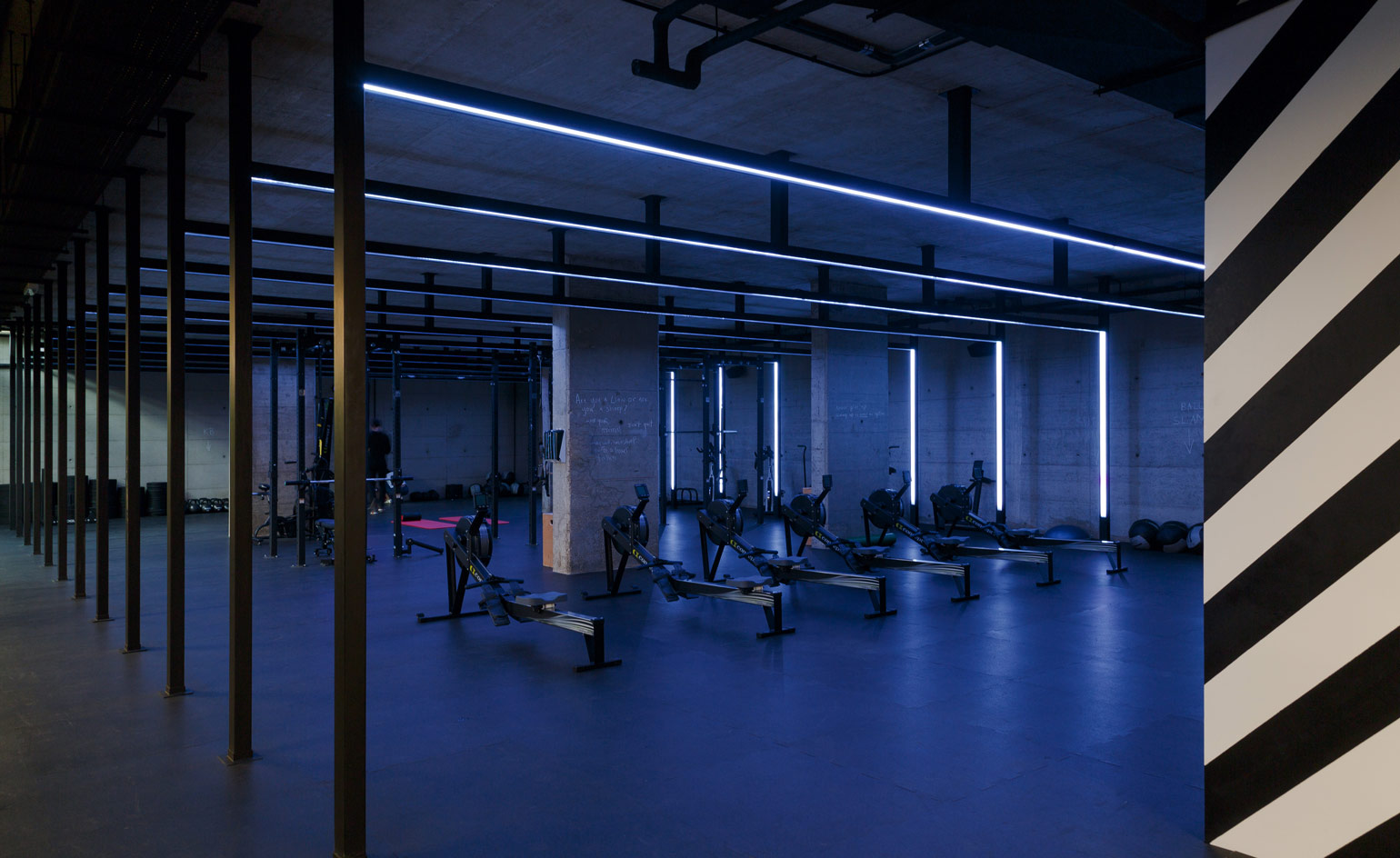 The best gyms around the world for design buffs in 2018
The best gyms around the world for design buffs in 2018By Mary Cleary
-
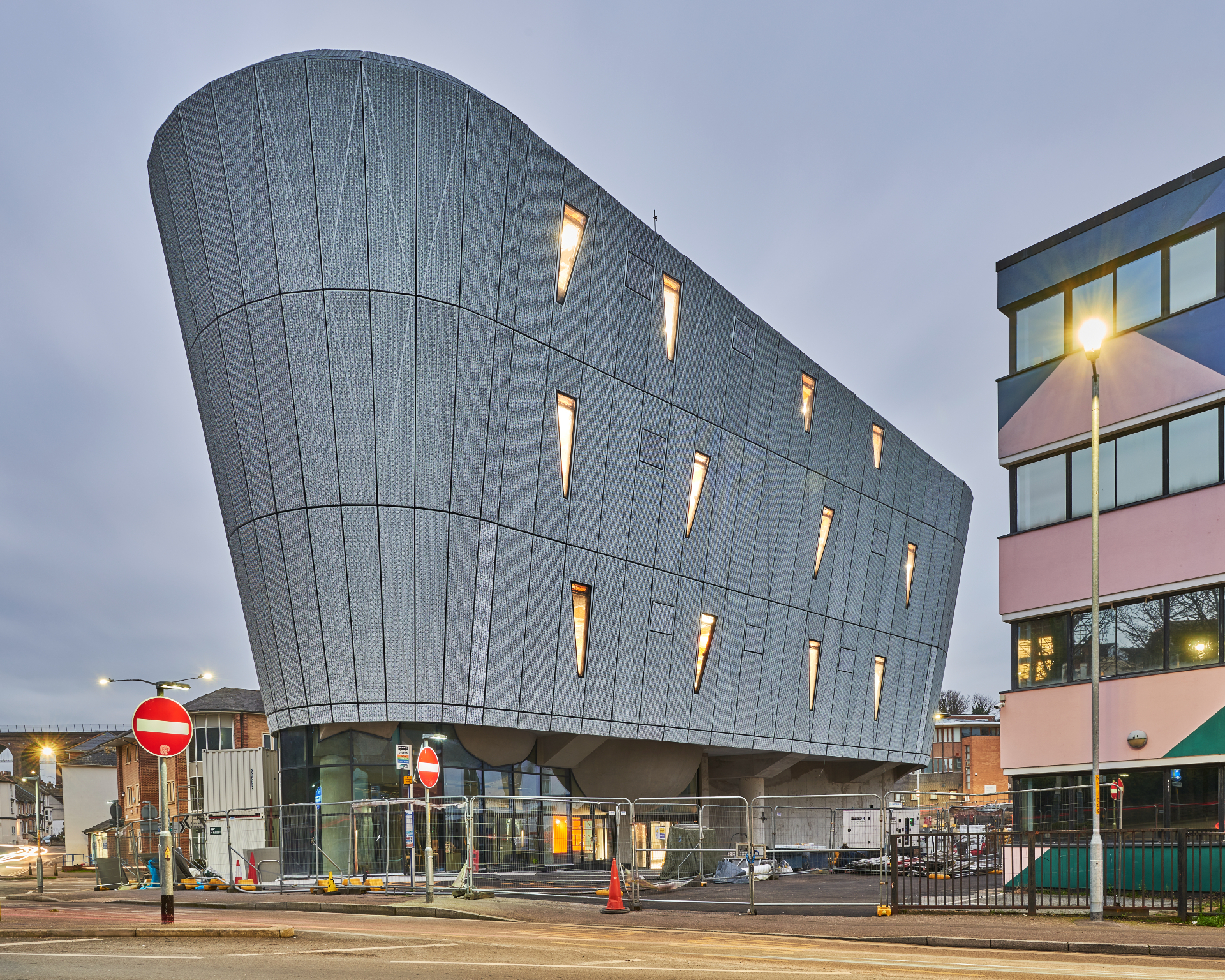 Skate park design goes to the British seaside with Guy Hollaway’s F51
Skate park design goes to the British seaside with Guy Hollaway’s F51F51 is Folkestone's brand new, dedicated, multistorey skate park, courtesy of the Roger De Haan Charitable Trust and Hollaway Studio
By Ellie Stathaki
-
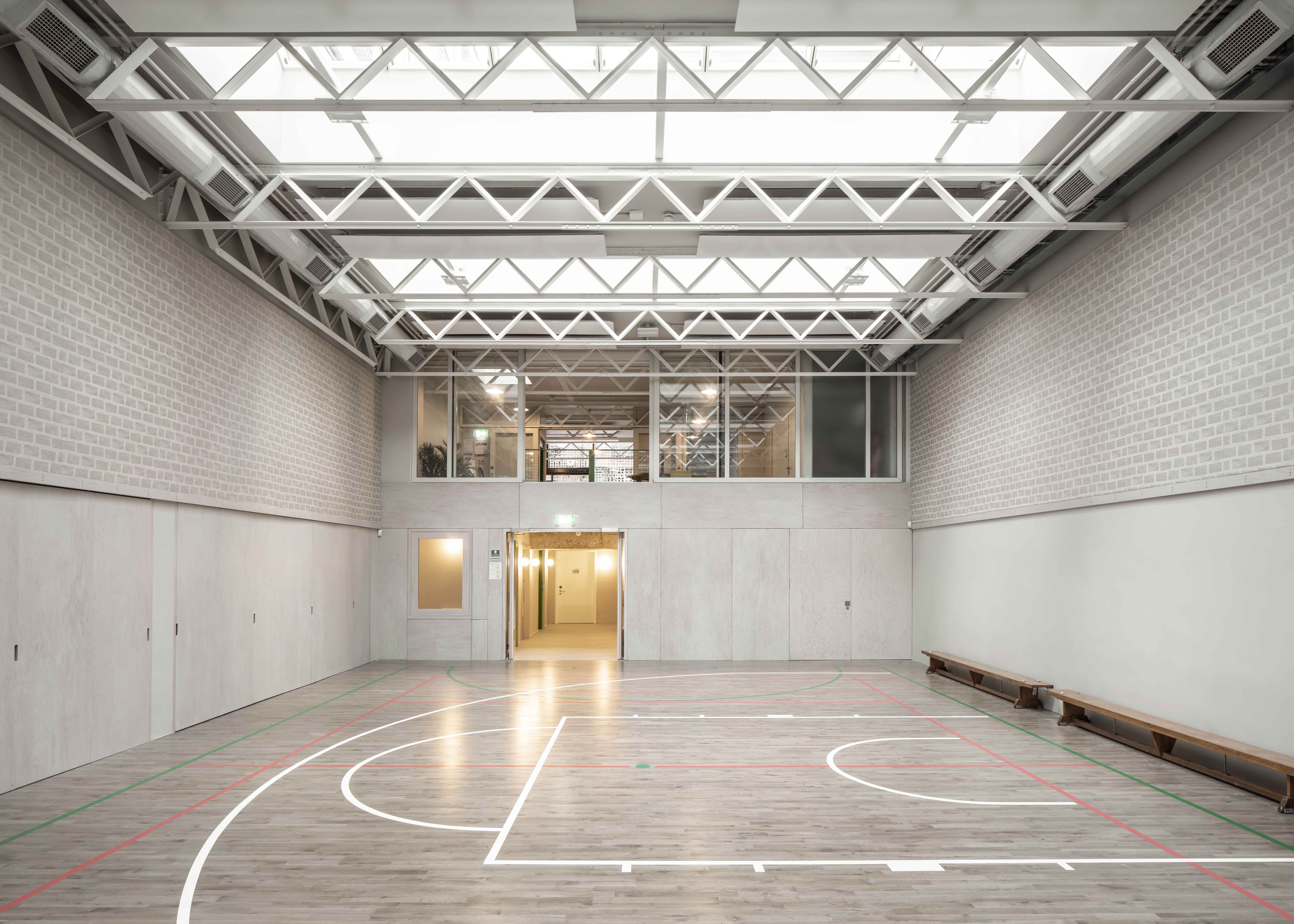 Community centre architecture redefined: Holborn House by 6a and Caragh Thuring opens
Community centre architecture redefined: Holborn House by 6a and Caragh Thuring opensHolborn House by 6a Architects and Caragh Thuring opens for the Holborn Community Association in London, bridging art and community architecture with people at its heart
By Ellie Stathaki
-
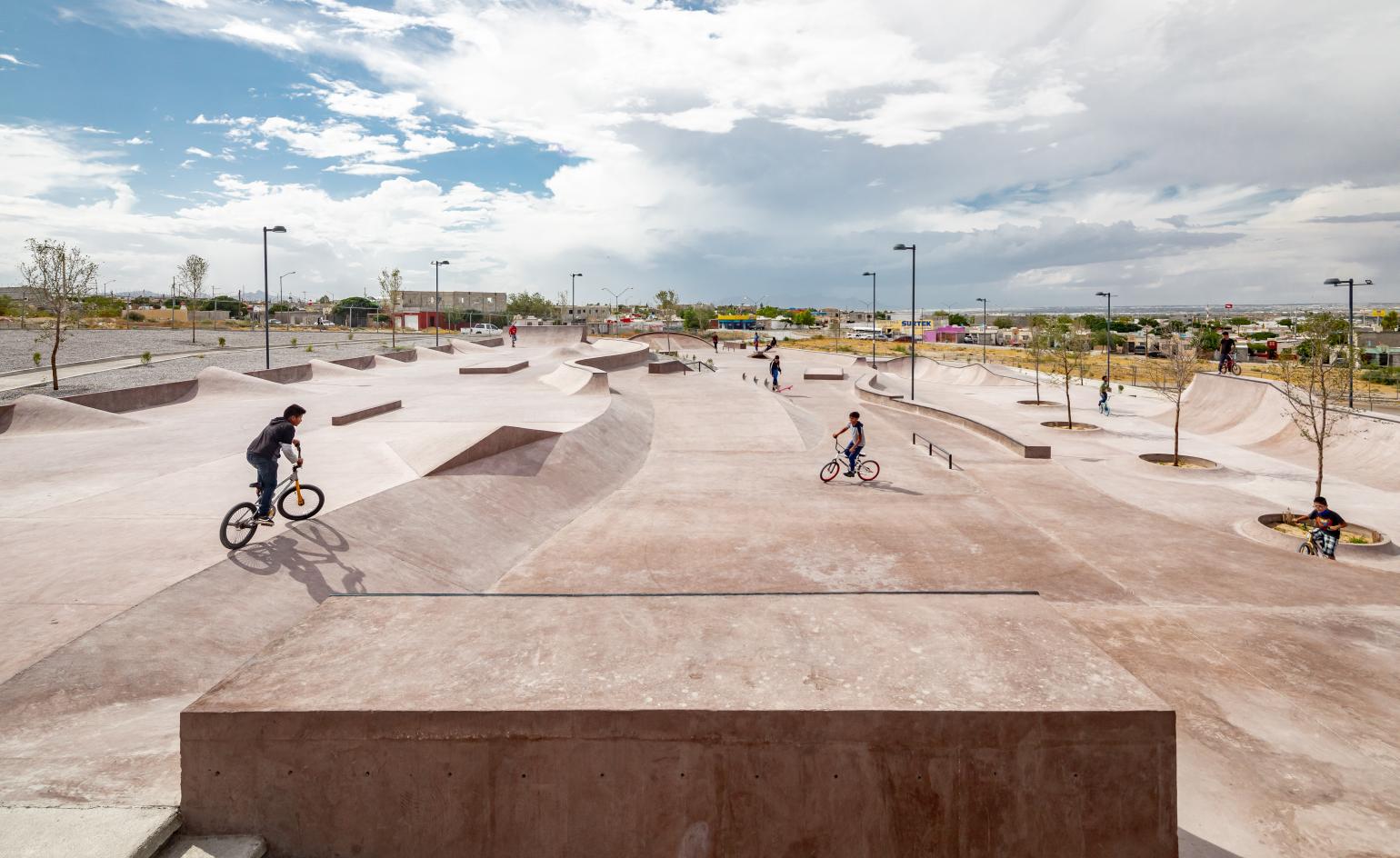 Pink concrete skatepark is a striking urban landmark in the Chihuahuan Desert
Pink concrete skatepark is a striking urban landmark in the Chihuahuan DesertA team of architects, landscape designers, sociologists and urban planners came together to create La Duna, a fine example of skatepark architecture on the northern border of Mexico
By Ellie Stathaki
-
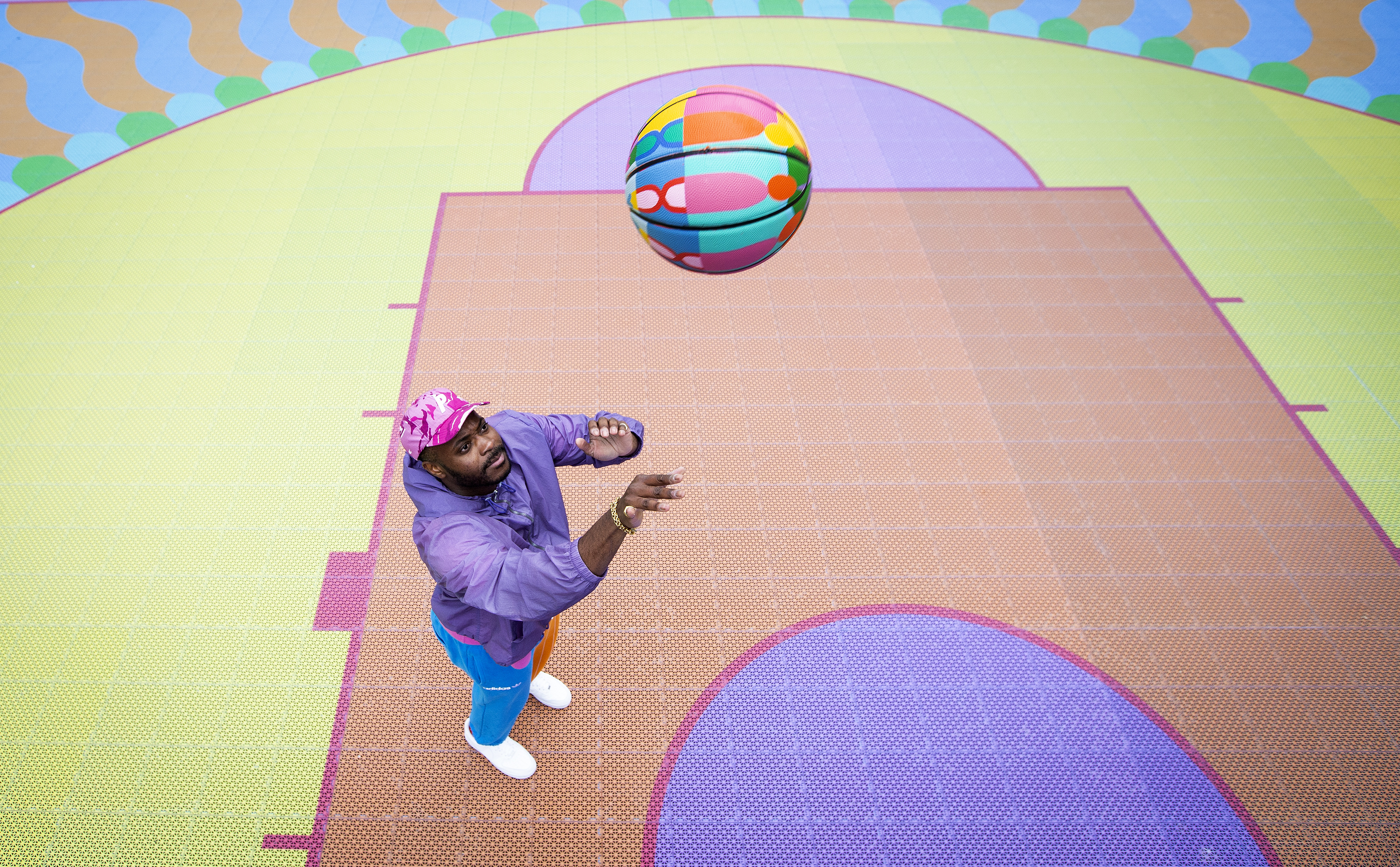 Last chance to play: Yinka Ilori's colourful basketball court in Canary Wharf is a slam dunk
Last chance to play: Yinka Ilori's colourful basketball court in Canary Wharf is a slam dunkArtist and designer Yinka Ilori applied his signature colourful geometries to his design for this new public basketball court in Canary Wharf, London
By Rosa Bertoli
-
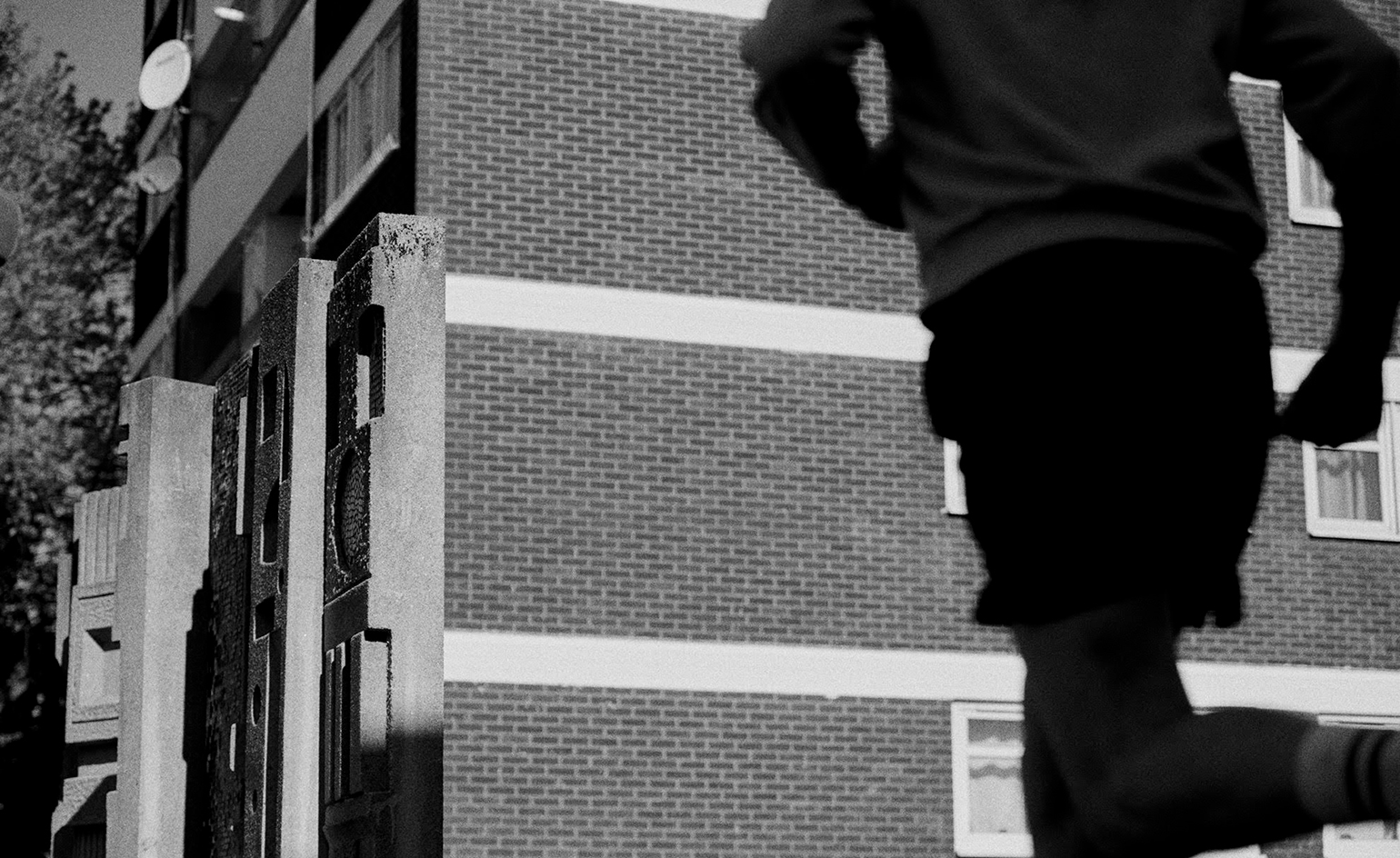 Building muscle: London architecture walks and runs
Building muscle: London architecture walks and runsTry these London architecture walks and runs for some physical and intellectual edification
By Simon Mills
-
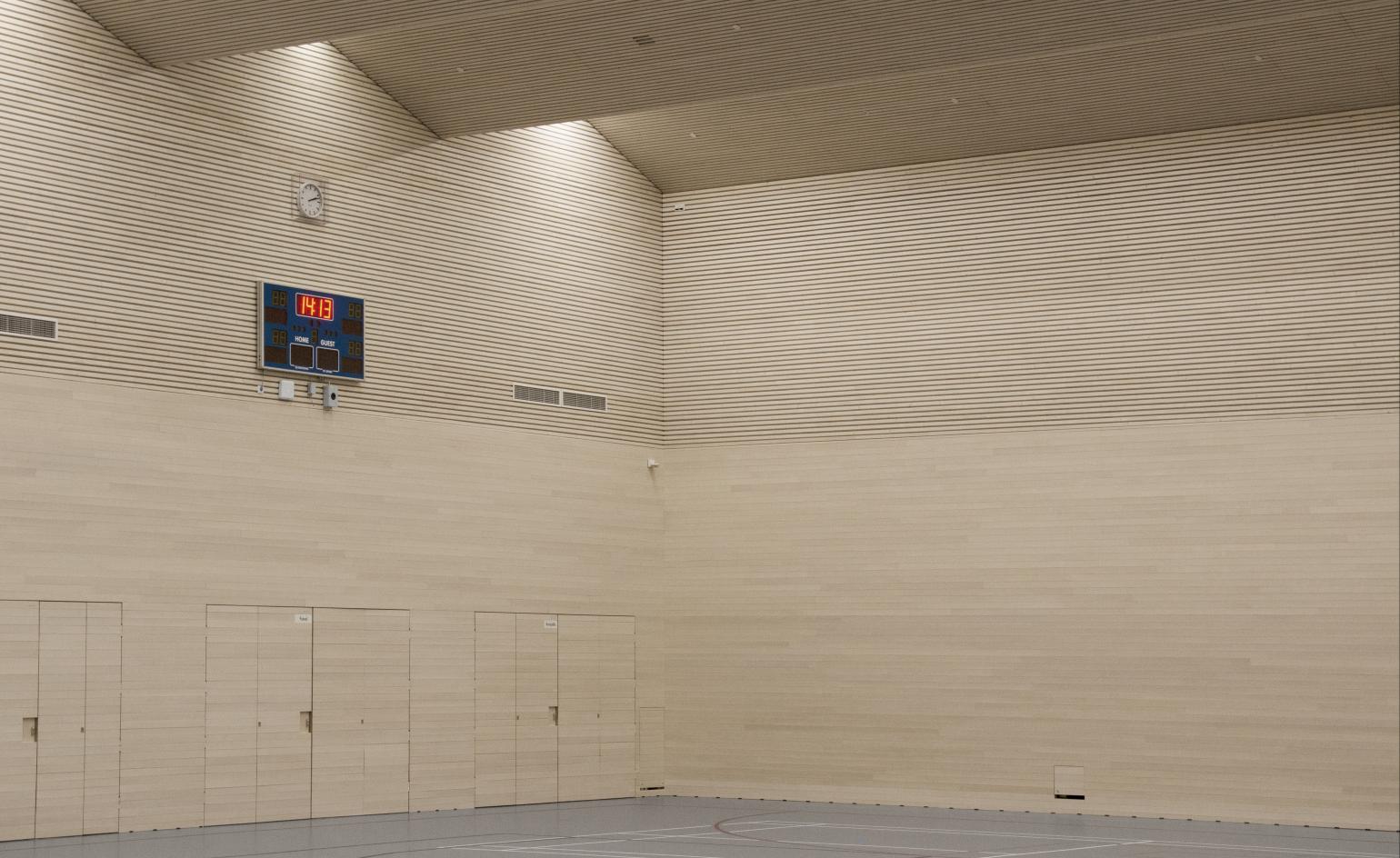 Janne Tuunanen captures modernist architecture of renovated Helsinki Olympic Stadium
Janne Tuunanen captures modernist architecture of renovated Helsinki Olympic StadiumPhotographer Janne Tuunanen captures the sharp modernist architecture of the recently renovated Helsinki Olympic Stadium in Finland in his latest series
By Ellie Stathaki